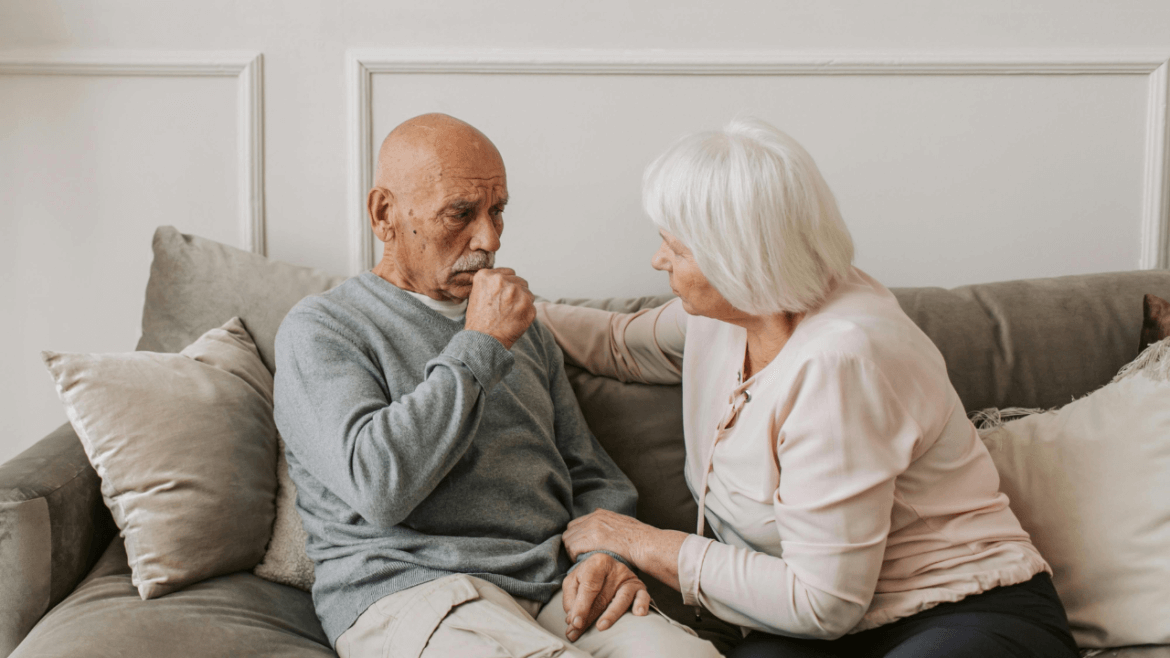Did you know that Leading Edge Senior Care has a Dementia Support Group? We meet monthly in Mesa. For more details <click here>
Tips For Seniors Traveling With Portable Oxygen Concentrator
For seniors who rely on a portable oxygen concentrator (POC), traveling can feel overwhelming. Whether it’s a road trip or a flight across the country, the thought of managing oxygen needs while navigating travel logistics can cause anxiety.
But with careful preparation and the right tips, seniors can enjoy stress-free and fulfilling travel experiences. Here’s a detailed guide to help seniors make their trips safer and more comfortable while using a portable oxygen concentrator.
Plan Ahead Before Your Trip
The key to a successful trip with a portable oxygen concentrator is preparation. Seniors need to take extra steps to ensure their oxygen needs are met throughout the journey. Start by checking the battery life of the concentrator and bringing enough fully charged batteries to last the entire trip. Airlines often require extra batteries for long flights, so it’s wise to carry more than you think you’ll need. If driving, make sure your vehicle has the capability to charge your concentrator on the go.
It’s also essential to know the oxygen requirements of the specific destination. Higher altitudes, for instance, may require adjustments in oxygen flow settings. Seniors should consult with their healthcare provider before traveling to ensure they understand how changes in altitude or climate might affect their oxygen usage.
Confirm Travel Policies With Airlines Or Other Carriers
Different transportation companies have different rules regarding portable oxygen concentrators, especially airlines. Before booking a flight, seniors should contact the airline to ask about their specific policies on oxygen concentrators. Most airlines require a letter from a doctor stating the need for oxygen, along with the model and specifications of the concentrator.
Once you’ve confirmed that the airline permits the use of your concentrator, it’s a good idea to inform the airline ahead of time about your oxygen needs. This allows them to be prepared and provide any special accommodations, such as seating arrangements or assistance during boarding. It’s worth noting that while some airlines allow POCs to be used during the flight, they may not have access to power outlets, so seniors need to have fully charged batteries for the duration of the flight.
For seniors who are traveling by bus or train, it’s equally important to check the policies regarding POCs. Not all carriers are as familiar with medical equipment, so calling ahead to confirm is crucial.
Keep All Necessary Documentation On Hand
When traveling with medical equipment like a portable oxygen concentrator, having the right documentation is vital. Seniors should always carry a copy of their prescription for oxygen use, as well as a letter from their doctor outlining the need for oxygen therapy. This can help avoid delays or misunderstandings during security checks or boarding.
For those traveling internationally, it’s important to check the entry requirements of the destination country. Some countries may have specific regulations about bringing medical equipment across borders. In these cases, having proper documentation will make the process smoother.
Pack Smart To Stay Comfortable
Packing for travel with a portable oxygen concentrator requires extra attention. In addition to carrying extra batteries and chargers, seniors should pack other travel essentials that will ensure comfort and ease of use. A sturdy travel bag with padded straps for the concentrator is a must. Seniors should consider lightweight, durable travel cases that allow for easy mobility while protecting the equipment.
It’s also helpful to bring additional tubing, nasal cannulas, or any other accessories that may need replacing during the trip. Keeping these items within easy reach ensures that seniors can make quick adjustments if needed, without hassle.
Comfort is key during travel, so packing extra pillows, blankets, and snacks can help keep seniors relaxed during long trips. Wearing comfortable, loose clothing also makes it easier to manage the oxygen concentrator tubing.
Stay Aware Of Your Oxygen Levels During Travel
Traveling can be stressful for seniors, especially when managing medical conditions like oxygen dependence. It’s important to frequently check oxygen levels during travel, particularly during flights where the cabin pressure can cause levels to fluctuate. Many portable oxygen concentrators come with built-in pulse oximeters to monitor oxygen saturation, which makes it easier for seniors to track their levels.
Even when traveling by car, seniors should stop regularly to rest and assess their oxygen levels. Long trips can lead to fatigue, so taking breaks and ensuring oxygen needs are met will help prevent unnecessary complications. Staying hydrated and eating healthy snacks along the way also supports overall well-being and helps seniors maintain their energy.
Conclusion
Traveling with a portable oxygen concentrator doesn’t have to be stressful or limiting for seniors. With proper planning, thorough research on travel policies, and the right packing techniques, seniors can enjoy smooth and comfortable journeys while meeting their oxygen needs.
The key is to plan ahead, stay informed, and listen to your body. By following these tips, seniors can travel with confidence, knowing they have taken the necessary steps to ensure their health and safety while on the go.

